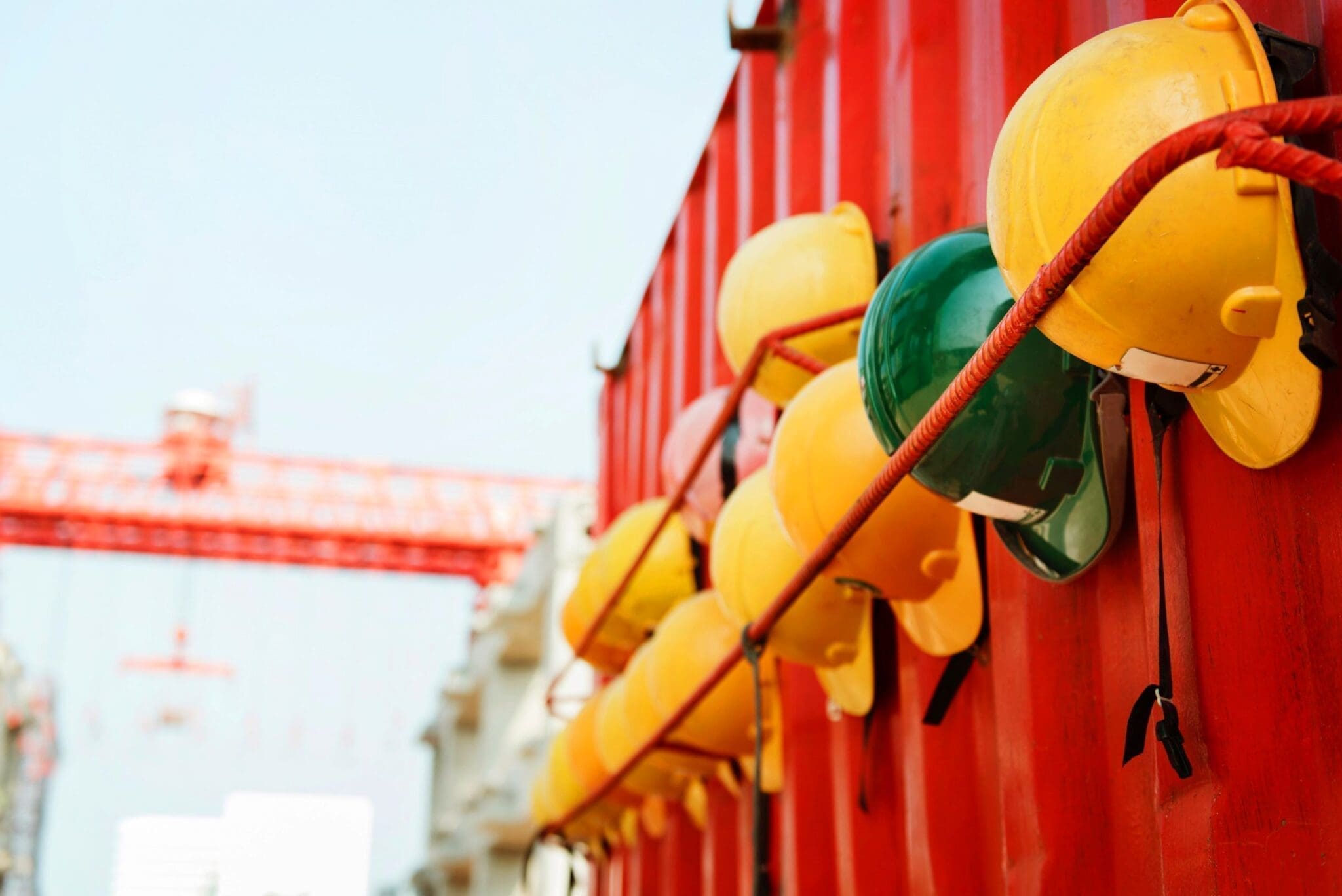The Transport Industries Current Landscape
The transport industry is a vital force for economic growth and a key player in the world’s progress to achieving a lower carbon economy. Sitting along side this the industry has seen commendable progress in workplace safety over the past decade. However, sobering statistics show that Canada’s overall health and safety record has significant room for improvement. There were 3,347 fatalities at work across Europe in 2021. This equates to one fatality per 222,587 citizen whereas, in Canada, there were 1,081 which is one fatality every 35,152 citizens. That means, on average, 3 Canadian workers lose their lives on the job every day.
The Inherent Hazards
The transport industry’s inherent hazards, coupled with reliance on various suppliers and subcontractors, contribute to the frequency of accidents and fatalities.

While subcontracting is a common practice and often necessary for managing large-scale projects, it introduces complexities that, if not managed properly, can compromise workplace safety. Recognizing and addressing these risks is essential for ensuring the well-being of transport workers and preventing further loss of life
What Do These Risks Look Like?
Fragmentation of Responsibility
Subcontracting often leads to a fragmentation of responsibility on transport projects. Different subcontractors may be responsible for specific tasks or areas, and this division can result in gaps in communication and coordination.
Varying Safety Standards
Subcontractors may operate under different safety standards or have varying levels of commitment to safety protocols. This can create a disjointed safety culture, as subcontractors may not align seamlessly with the overarching safety policies of the main contractor. Inconsistencies in safety training, equipment use, and emergency procedures can also contribute to workplace hazards.
Limited Control Over Workforce
Main contractors often have limited visibility and control over the workforce of suppliers. This lack of direct oversight can lead to challenges in. These challenges include enforcing safety policies, conducting regular safety inspections, and ensuring that all workers are adequately trained and equipped to handle potential risks.
Competitive Bidding Pressures
In a competitive transport market, subcontractors may face pressure to submit low bids to secure contracts. This can lead to cost-cutting measures, including reduced investment in safety measures. Subcontractors under financial strain may be more inclined to prioritize speed and cost-efficiency over comprehensive safety protocols.
Communication Breakdowns
The subcontracting structure can contribute to communication breakdowns between different tiers of the workforce. Miscommunications about project timelines, changes in plans, or safety procedures can create confusion and increase the likelihood of accidents. Effective communication is crucial for maintaining a safe working environment.
High Turnover and Temporary Workforce
Subcontractors often rely on temporary or transient workers to meet project demands. High turnover rates and the use of temporary workers can result in a less-experienced workforce with varying levels of familiarity with safety procedures. Inadequate training and unfamiliarity with site-specific safety protocols increase the risk of accidents.
So How Do We Mitigate These Supply Chain Risks?
Improving workplace health and safety in the transport industry requires a holistic approach. This extends to every link in the supply chain. Having a clear view of the health and safety policies and processes deployed by suppliers and subcontractors and being able to clearly see where variances are occurring helps main contractors to ensure standardized safety practices across sites and projects.
Penalties or Incentives?
Similarly, applying a mix of incentives and penalties can provide a powerful incentive for suppliers and subcontractors to focus on adherence to safety requirements. Foe example this could be excluding contractors that do not comply with certain standards from bidding processes,
In more recent years, collaborative non-financial initiatives have been introduced to great effect. This has included training sessions, performance league tables and cross-contractor learning and engagement classes.

Technology as a Driving Force
Technology offers an effective way to mitigate supply chain risks in transport. Supplier and sub-contractor risk management solutions like Achilles Supply Chain Due Diligence services and Achilles Controlar capture and validate data from suppliers and contractors. They provide analytics to identify key health and safety gaps and support improvements. This enhanced visibility and transparency helps reduce inconsistencies, increases control, and enhances overall safety. Similar industry-backed schemes are already run by Achilles in Norway, the UK and Spain to great effect.
Such schemes use the power of industry collaboration to share the cost and responsibility for health and safety as well as wider sustainability related risk. Using a third-party platform enables supplier and sub-contractor information to be collected, validated and maintained in one central location. Once collected it can be accessed by multiple and primary contractors to provide a clear view of their supply chains. It can also provide a route to streamlining procurement with a ready database of pre-qualified suppliers to meet a wide range of transport requirements.
Building a Safer Tomorrow
The workplace fatality statistics and the associated cost implications for the industry underscore the need to address workplace health and safety in the industry. It also highlights the need to scrutinize and mitigate supplier and sub-contractor risks. By recognizing and rectifying vulnerabilities within the supply chain, the transport sector can build a safer environment for its workforce. Collaborative efforts, and technology can be powerful tools. They work in parallel as the industry works to address the hazards that arise from supply chain complexities.
If you’re ready to consider the benefits of a professional supplier and sub-contractor management solution, talk to one of our experts today.


